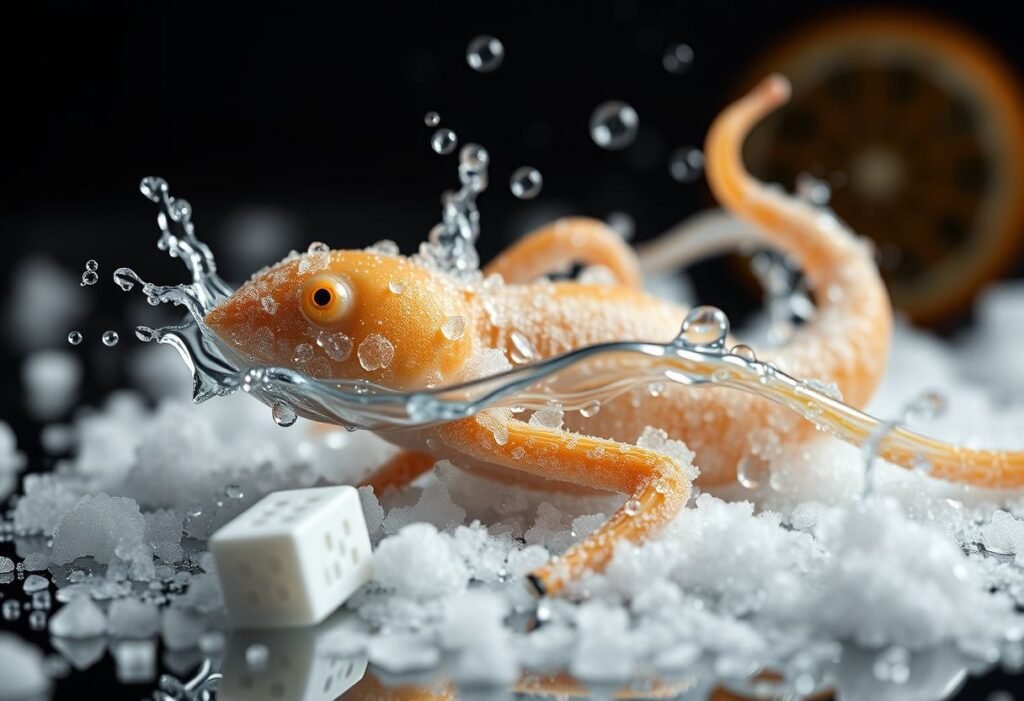The world of 3D printing is on the brink of a significant transformation. Recent advancements in eco-friendly materials have led to the development of innovative inks that not only simplify the printing process but also enhance sustainability. One particularly noteworthy creation involves an ink that solidifies upon contact with saltwater, showcasing the intersection of technology and environmental responsibility.
Innovative Developments in 3D Printing Inks
Breaking the traditional boundaries of 3D printing technology, researchers have unveiled a new ink that represents a remarkable shift in how objects can be fabricated. This revolutionary 3D printing ink stands out because of its unique composition, which allows it to be easily extruded in a liquid state but promptly solidifies when it meets a saltwater solution. This innovation not only streamlines the manufacturing process but also aligns with the growing emphasis on eco-friendly printing solutions, showcasing the potential for substantial advancements in various industries.
Advantages of Saltwater-Solidifying Ink
The new saltwater-reactive ink brings multiple benefits that can change the landscape of 3D printing. Firstly, the ability to manipulate materials into solid forms with the application of saltwater significantly reduces the energy consumption involved in typical curing processes. This also eliminates the need for potentially harmful solvents and additives, making the entire procedure more environmentally friendly. Additionally, the simplicity of using water as a key component in the process can lower costs while maximizing efficiency, making it an appealing option for businesses looking to innovate sustainably.
Applications Across Industries
The implications of this new ink stretch across diverse sectors, from medical technology to construction. In the medical field, for instance, the capability to quickly produce biocompatible parts that solidify on contact could revolutionize custom prosthetics and implants. Similarly, the construction industry could leverage this technology to create complex structures with higher sustainability standards. By implementing this groundbreaking method, companies can drastically reduce waste and improve the speed of production, thus enhancing overall efficiency and project turnaround times.
Research and Development Insights
The development of this innovative 3D printing ink is credited to a collaborative effort by researchers from prominent institutions, including UC San Diego and Hanyang University. Their interdisciplinary approach combines materials science and engineering to create solutions that meet the demands of modern industry challenges. The ongoing research not only expands the capabilities of 3D printing but also paves the way for further advancements in the creation of eco-friendly materials suitable for wide-ranging applications.
The Future of Eco-Friendly 3D Printing
As industries increasingly seek methods to reduce environmental impact, ink formulations like this saltwater-reactive variety represent a promising step toward achieving sustainability in manufacturing processes. With initiatives emphasizing green technology, the future of 3D printing looks brighter. This transition not only emphasizes efficiency and cost-effectiveness but also nurtures a culture of responsibility among manufacturers. In conclusion, innovations in 3D printing inks herald a new era of eco-conscious production, ensuring that technology serves both industry needs and environmental conditions.
Disclaimer
This article is for informational purposes only and is not intended as professional advice.





















